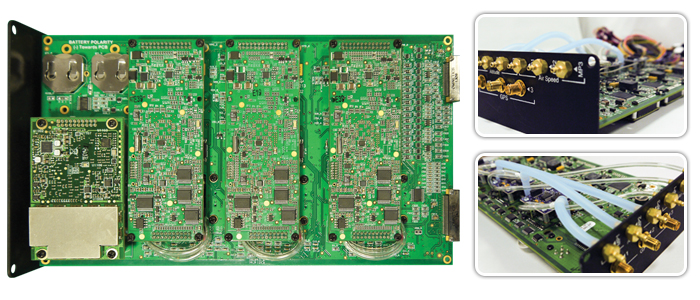Triple redundancy (3X) gives autopilot technology the reliability necessary to safely carry out sensitive flight missions and transport valuable payloads. A triple redundant arrangement is comprised of three similar software and hardware systems. If any one of the three systems fails, the remaining two take over, offering a double redundancy arrangement. If one of the other two systems should fail, the third takes over. An additional mechanism is also included to oversee these three systems. Triple redundant systems are highly tolerant of autopilot hardware failures.
Triple redundant autopilots are not new. Military aircrafts such as the RAF’s Trident fleet, used a triple redundant autoland system in the early 1960’s. Ten years later, the Aérospatiale-BAC Concorde took advantage of 3X technology in its flight control system. Presently, triple redundancy is used in several manned military and commercial aircrafts.
Although triple redundant technology is established within the aviation industry, triple redundant autopilots are a relatively new addition to unmanned aerial vehicles (UAVs). MicroPilot, the leading UAV autopilot manufacturer, is setting the benchmark for triple redundant UAV autopilots. MicroPilot, based in Canada, has been designing autopilots for fixed-wing, transitional and helicopter UAVs since 1994. In 2006 MicroPilot started designing a triple redundancy autopilot for helicopter and fixed-wing UAVs.

The MP21283X is comprised of three MicroPilot MP2128HELI2 autopilots, mounted on an adapter board, or redundancy board. The three MP2128HELI2s are prioritized. At the start, the autopilot in position one flies the airframe. If this autopilot should fail, the MP2128HELI2 in position two takes over, and so on. The redundancy board provides several input/output (I/O) ports. The board also includes two RS232 serial ports designed to communicate with a ground control system via radio modems. As a result of this design, users never need to work directly with bare circuit boards. Additionally, the autopilots do not have an individual casing, keeping overall weight to a bare minimum; however, the entire redundancy board is enclosed to protect the system.
|





